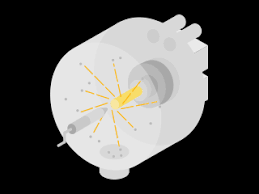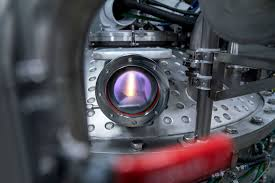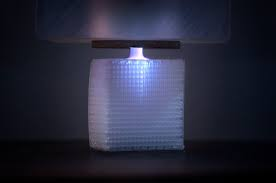Additive manufacturing technology (3D printing) is known as "the most potential technology in the 21st century". In the "Made in China 2025 Strategy", it is clearly proposed to support additive manufacturing as a key technology for future intelligent manufacturing. In order for additive manufacturing technology to be widely used, the consumables used are the key material basis that determines its development.
At present, additive manufacturing consumables mainly include plastics, resins, rubber, ceramics, and metals. Metal materials, as consumables for additive manufacturing technology, have developed rapidly in recent years, especially titanium alloys, cobalt-chromium alloys, stainless steel, and aluminum. Metal powder materials such as alloys are widely used in the field of additive manufacturing technology.
Titanium alloy has the characteristics of low density, high strength, great corrosion resistance and high melting point. It is one of the most commonly used metal raw materials in additive manufacturing technology and is widely used as structural parts in aviation, aerospace, automobiles, biology and other fields. This article mainly analyzes the current plasma preparation technology of spherical titanium powder suitable for additive manufacturing.

Plasma-rotating electrode method
Plasma Rotating Electrode Process (PREP) is one of the common methods for preparing spherical titanium alloy powder. Its principle is to use titanium alloy rods as consumable electrodes. During powder making, the electrodes are kept in a high-speed rotating state, and the plasma is used as a consumable electrode. The heat source gradually melts the electrode, and the resulting liquid is thrown out by centrifugal force to form fine droplets. These droplets are cooled and solidified into spherical particles in an environment protected by surface tension and inert gas.
The traditional rotating electrode method (REP) uses a tungsten electrode. When the metal is atomized, the tungsten electrode will also be corroded and enter the powder as an impurity component. The plasma rotating electrode method is used to avoid the problem of impurities in the tungsten electrode and ensure the preparation of Powder purity. In 1998, the Beijing Iron and Steel Research Institute and the Aerospace Materials and Technology Research Institute introduced PREP equipment from Russia. They conducted a series of research work on the preparation of spherical titanium powder. They used the plasma rotating electrode method to prepare TC15 titanium alloy spherical powder. The chemical composition of the prepared powder is similar to that of the original rod. The particles are in regular spherical shape with a bright and smooth surface. The particle size range is 106~246 μm, and the proportion of fine powder (<106 μm) is low.

Plasma torch atomization technology
Plasma torch atomization technology (Plasma Atomization, PA) to feed metals and their alloys into the furnace in the form of rod blanks, wires, particles, or liquid steam through special feeding equipment at a constant feeding speed and utilize them in the furnace. The focused plasma jet generated by the plasma torch arranged on the body melts and atomizes the material and then cools to contain a spherical powder. Plasma torch atomization technology is usually used to prepare titanium and titanium alloy powder. The main raw material is titanium or its alloy wire. The system is protected by an inert atmosphere during the entire process, which can reduce powder oxidation and obtain high-purity powder. Draw a schematic diagram of the process based on the patent. This technology uses plasma as the atomization heat source, which can let the target material melt more fully. Combined with reasonable control of the cooling rate, it can obtain a powder with high sphericity, low oxygen content, and fine particle size. However, since this technology uses a high-power plasma gun as the heat source, it consumes a lot of energy. It will increase the cost of preparing spherical titanium and titanium alloy powder.
The yield of fine powder is low, the product cost is high, which limits large-scale promotion and application. The properties of the powder prepared by the PA method and the PREP method are basically the same. It has the characteristics of good particle sphericity, uniform particle size distribution, low oxygen content, high purity, and good fluidity. The fine powder yield is more than two times higher than that of PREP.

Plasma spheroidization
The plasma spheroidization method uses an induction coil located outside the lamp tube to generate high-frequency induced thermal plasma with a temperature of 104105 K. The high-temperature plasma melts the irregular powder, and the surface of the powder quickly melts at high temperatures. When heated and melted, the molten particles form highly spherical droplets under the action of surface tension and then solidify through rapid condensation to obtain spherical particles.
Supplier
Kmpass is a high-tech enterprise committed to the research and development, production, processing, sales and technical services of 3D printing materials. The company develops a variety of powder materials and chemicals. Provide OEM service. If you need high quality 3D printing powder, please feel free to contact us.
hot tags: 3d printing,3d printing technology, 3d printer



